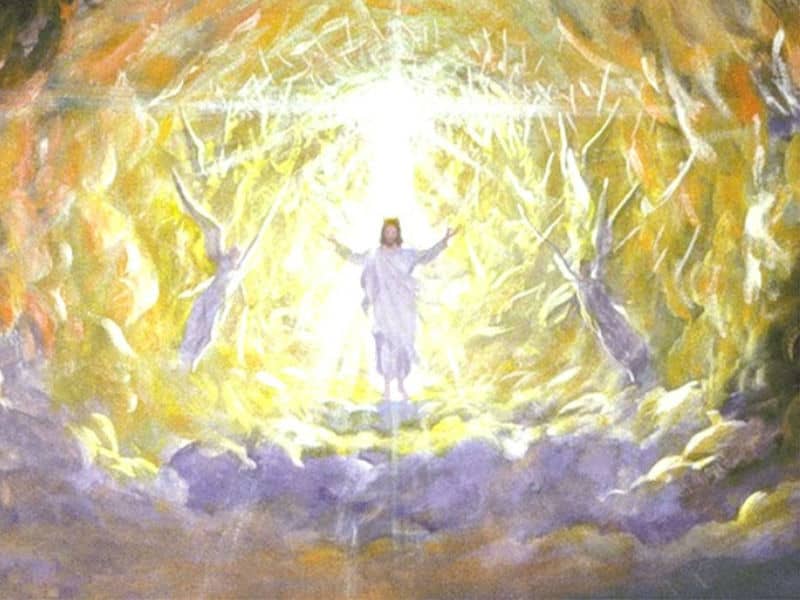Another contributor, Susan Ross, complained that because only male priests can celebrate the Eucharist, "virtually no women's religious community deals with the Eucharist without some pain." Watching a man say Mass "symbolizes, for many, women's second-class citizenship in the Church," Ross opined.
This standard-issue feminist portrayal of the Catholicism as patriarchal oppressor ignores the fact that Christianity was the first institution in the world to elevate the status of women. Indeed, the church's much-denigrated stance on the so-called "pelvic issues" of abortion and extramarital sex that so irk today's feminists are the very things that helped rescue women from the universally low esteem in which they were held in the pagan world at the dawn of the Christian era.
Women enjoyed very few rights at the time of Christ's birth. Athens, where classical civilization reached its zenith during the fifth century B.C., denied women citizenship and the right to own property. In ancient Rome, a woman who committed adultery was put to death, while her husband could brag with impunity about his sexual adventures.
The early Church was egalitarian, and women's voices were heard for the first time. Indeed, one scholar estimates that of the 34 people St. Paul addressed by name in the Epistle to the Romans, fifteen were women--a testimony to their prominence of women.
While many of today's feminists defend a form of abortion that amounts to infanticide, they forge that the early church's bans on abortion, which was horrendously dangerous for women, saved many female lives. Moreover, it's curbing of infanticide, for which girl infants were more at risk than boys, helped attract female converts.
Women embraced Christianity in such staggering numbers in ancient times that, in 370, an alarmed emperor, Valentinian I, issued an order to Pope Damasus I that forbade Christian missionaries to set foot inside any pagan house where females lived.
Although feminists love to hate the popes as mitered misogynists, it was the early and medieval papacy that developed what was then an unheard-of idea: the consent of both spouses to a marriage. Before Christianity, a woman had no legal say in picking her mate. The church was the first institution to insist that she did.
Christian wives, like pagan wives, were still required to be faithful to their husbands. But there was a new element: Husbands were required to be faithful to their wives. However ignored this obligation might have been in real life, it was history's first effort to get rid of the sexual double standard.
During the 1970s and '80s the National Conference of Catholic Bishops attempted to speak some truth on the role of women in the church by writing a pastoral letter. But the project evoked such vitriol that the shell-shocked bishops dropped the project. Undaunted by the controversy, Pope John Paul II issued a pastoral letter of his own--"Mulieris Dignitatem." It reiterated the traditional teaching on women and emphasized something that feminists have said all along: that women are different from men.
"The personal resources of femininity are certainly no less than the resources of masculinity: they are merely different," the pope wrote. He also noted that, when Christ refers to the fatherhood of God, he is doing so "in the ultra-corporal, superhuman and completely divine sense."
The Catholic Church today provides some of its top jobs to females. Almost one- third of the diocesan chanceries in the United States are headed by women. Nearly 85 percent of the lay ministers (professionally trained pastoral associates) in U.S. dioceses are women. When Pope John Paul II wanted to send a heavyweight intellectual to the United Nation's 1995 conference in Beijing, he turned to Harvard law professor Mary Ann Glendon.
Granted, the Catholic Church refuses to ordain women, but this is a much-misunderstood issue. It's not about equality-women areequal, the church has always insisted-but about differences between the sexes. The God of Abraham, Isaac, and Jacob had a high degree of gender awareness: "Male and female, he created them." A priest is not superior to a laywoman, but his functions in the church are different from hers, just as a father's are different from a mother's in the family. A priest's vocation is supposed to be one of sacrifice, not the exercise of clerical rank. In turn, women in the church have been able to exercise enormous power, even over bishops and popes-as Catherine of Siena did in medieval times and Dorothy Day in our own-not by virtue of hierarchical status (a worldly yardstick) but by the sheer prophetic force of their distinctively female holiness. Masculinizing women-making their roles completely interchangeable with those of men-would actually undermine their power.
The other things that Catholic feminists constantly ask for--abortion rights, the recognition of second marriages, and a loosening of the prohibition on premarital sex--would also work to the detriment of women over the long run, enabling men to shrug off spousal and familial commitments without batting an eye. As Jennifer Popiel, the one contributor to the "America" symposium who defended the Catholic position, even its difficult ban against artificial contraception, wrote: "If women can refuse to acknowledge the reproductive possibilities of their actions, why should men not do the same?"

